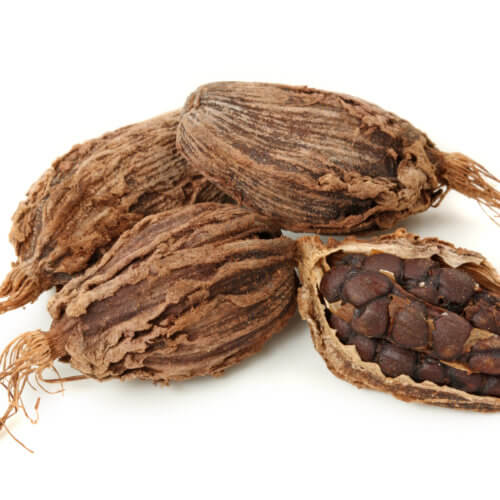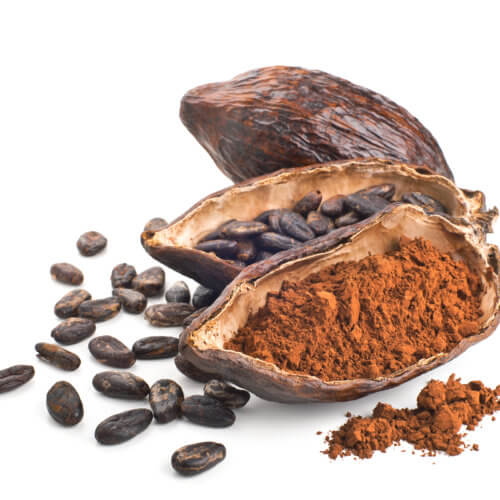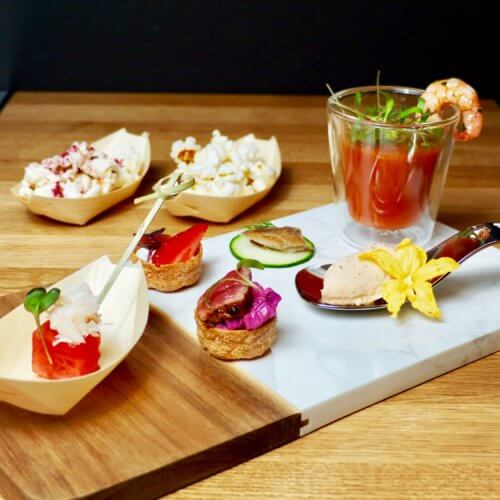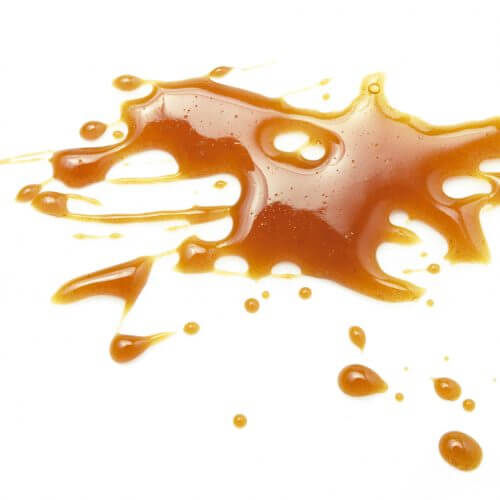Preserved eggs are definitely unusual enough to be interesting, yet familiar enough to be easily accessible. What’s more, they’re sold ready-to-eat and require no cooking. Just a peel and a rinse.
The preservation process is at least six hundred years old. Mass producers have developed modern shortcuts, where eggs are simply immersed in a chemical bath, but the traditional method remains widely used and has changed little over the centuries.
Fresh eggs, usually duck or chicken, are thickly coated in a paste made from clay, ash and salt, and containing quicklime and sodium hydroxide. This alkali salt, also known as caustic soda or lye, is the key component (sometimes, sodium carbonate is used instead). It gradually penetrates the eggshell via osmosis, raising the pH level inside and, just as strong alkaline solutions cause chemical burns, eventually dissolves the fats and proteins inside the egg via hydrolysis. These fats and proteins break down into peptides, amino acids and fatty acids, creating entirely new textures, colours, odours and, crucially, flavours.
The preservation process can last from a few weeks to as long as five months.



